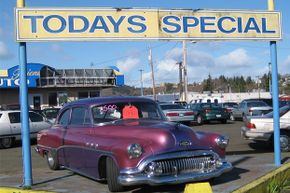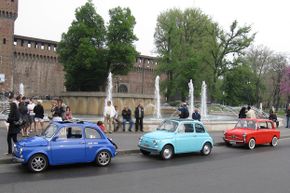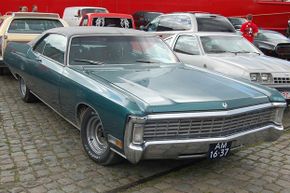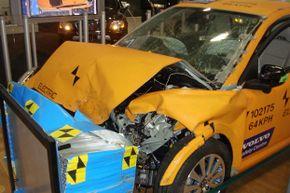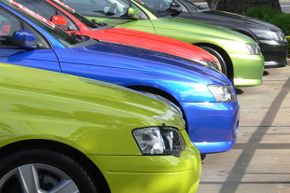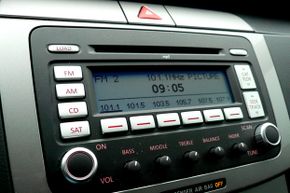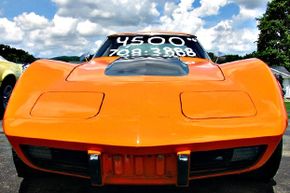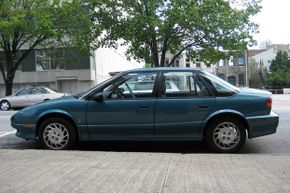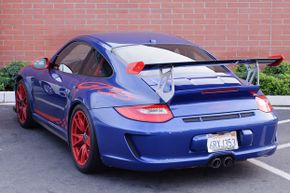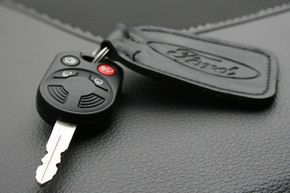Parents are finding themselves in a weird position these days: convincing their kid that he or she should have a car of their own. The freedom that generations of young adults have craved in the form of a car -- preferably a fast, cool car -- can now be found on a touch screen. The crap cars we ended up with as teenagers (we never did get the fast, cool cars we deserved at that age) got us to the next town over, and that was thrilling. Maybe even forbidden.
But that ain't nothin' to a kid with smartphone. She's got Middle Eastern political uprisings and Candy Crush at her fingertips. He's got the entire works of H.G. Wells downloaded for free and his best friend on Skype. Leaping across time and space can't happen in a car, but it happens every few minutes for people with an Internet connection.
Advertisement
But if you're a parent that lives in a rural area without public transportation, or if you'd just like someone else to drive the family taxi, you probably want to buy your kid a car. Here are a few tips for making that process as painless as possible -- hopefully, for both of you.
